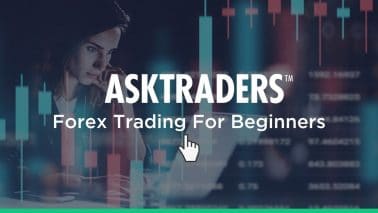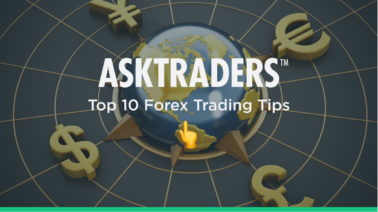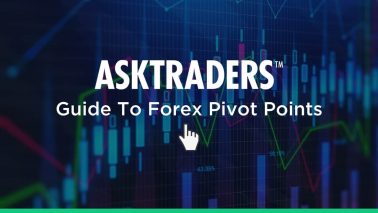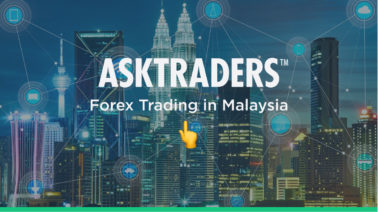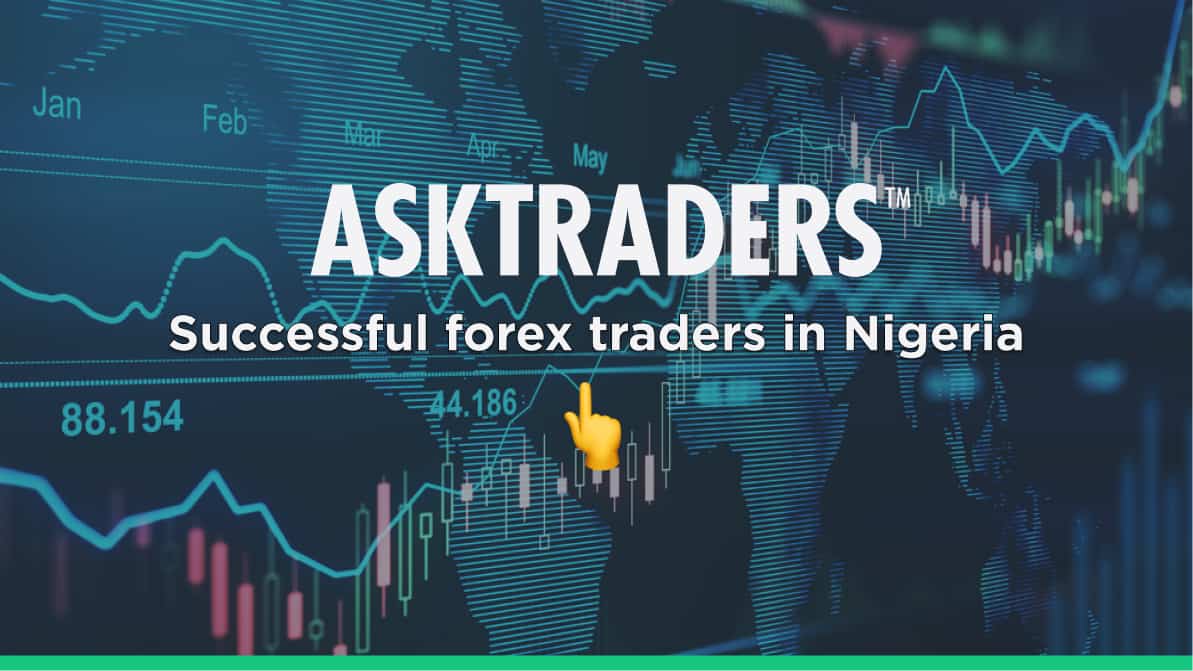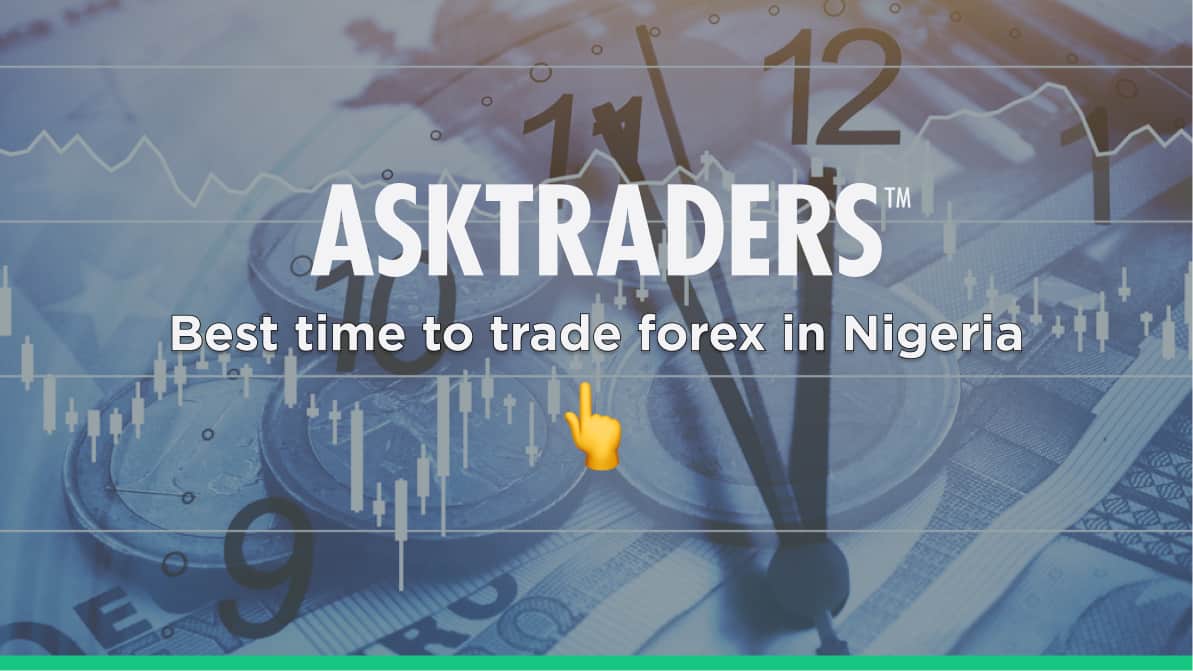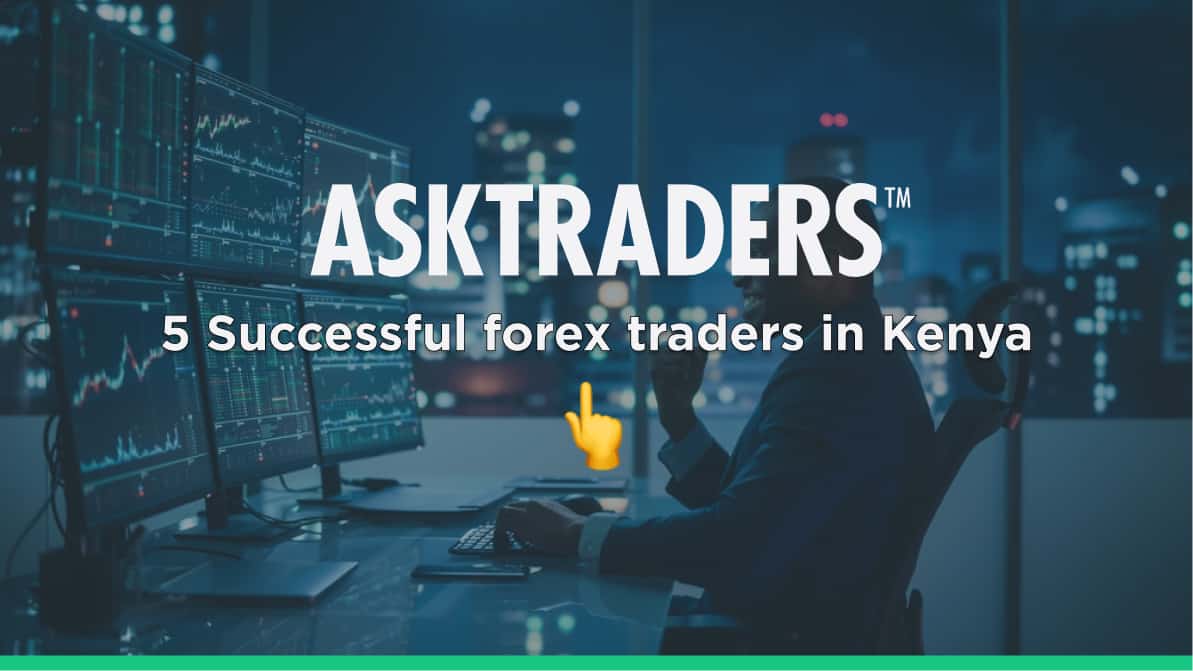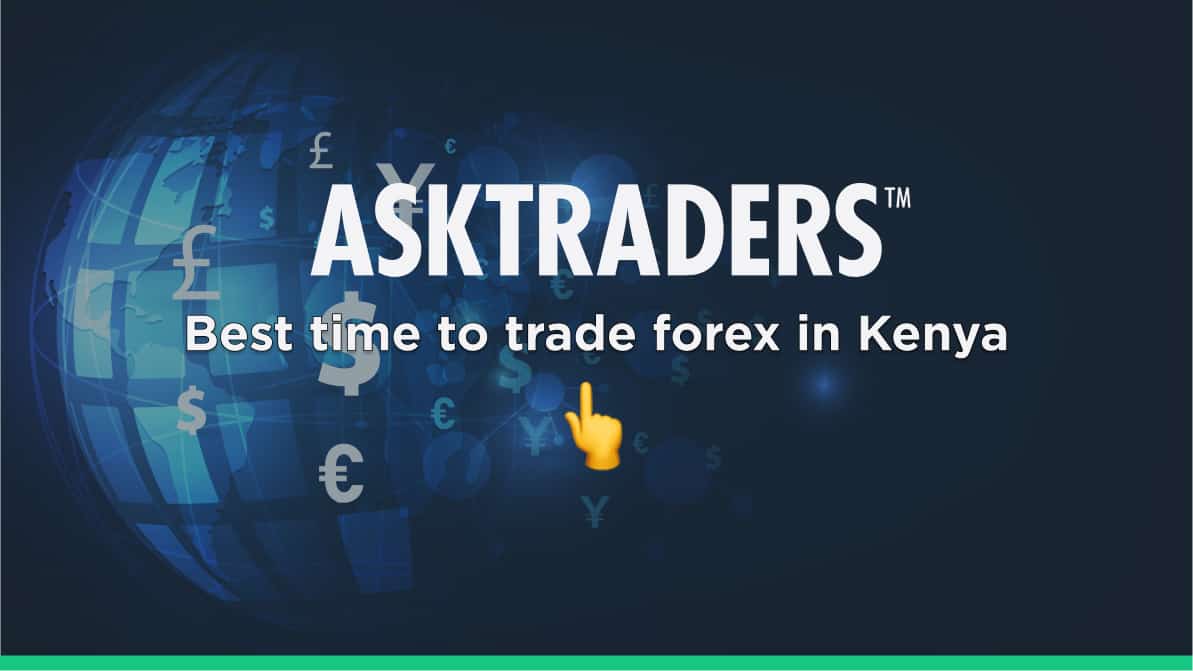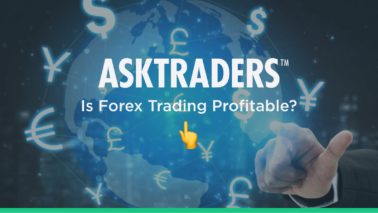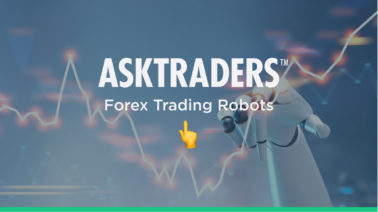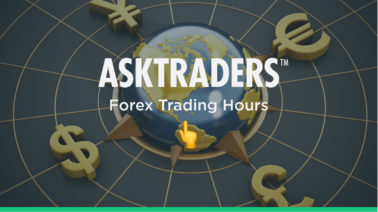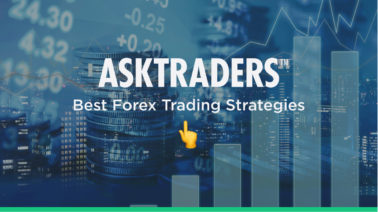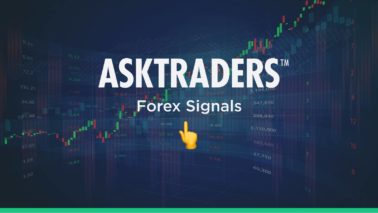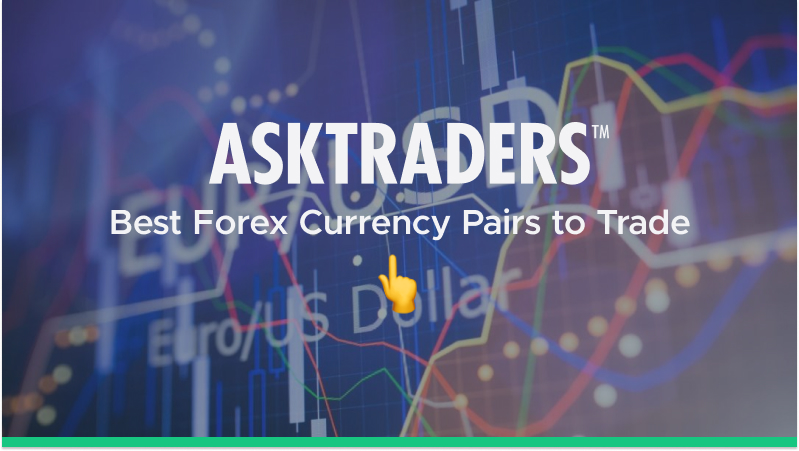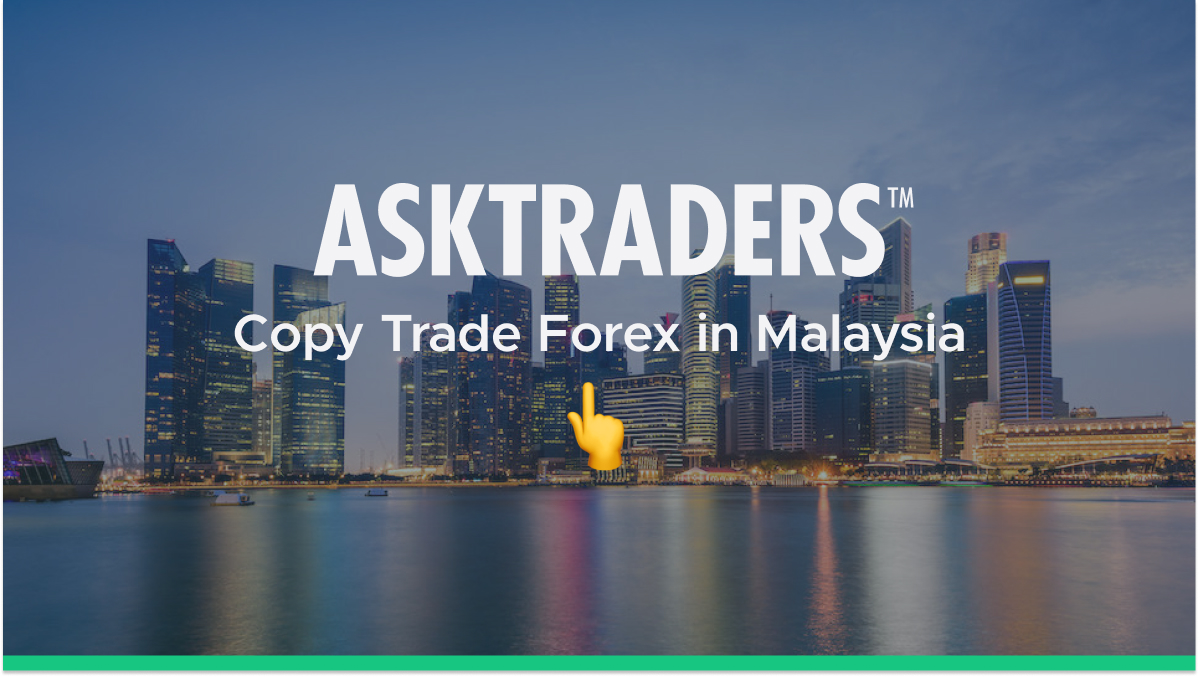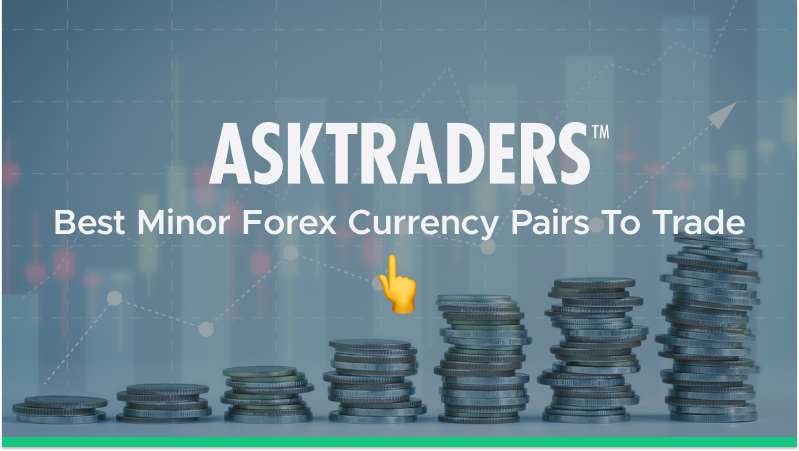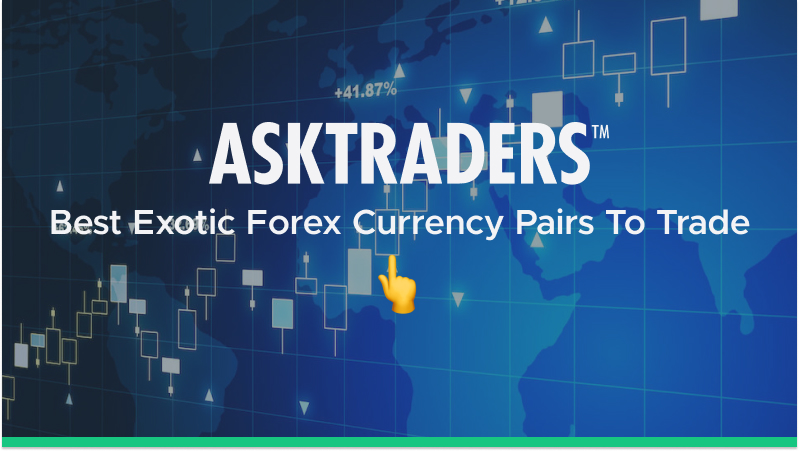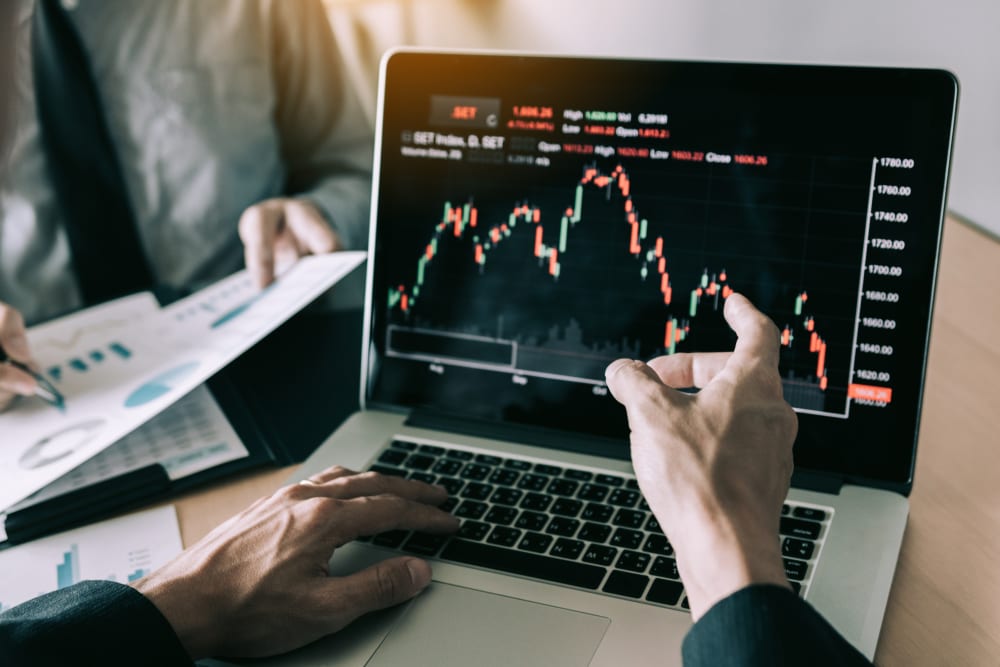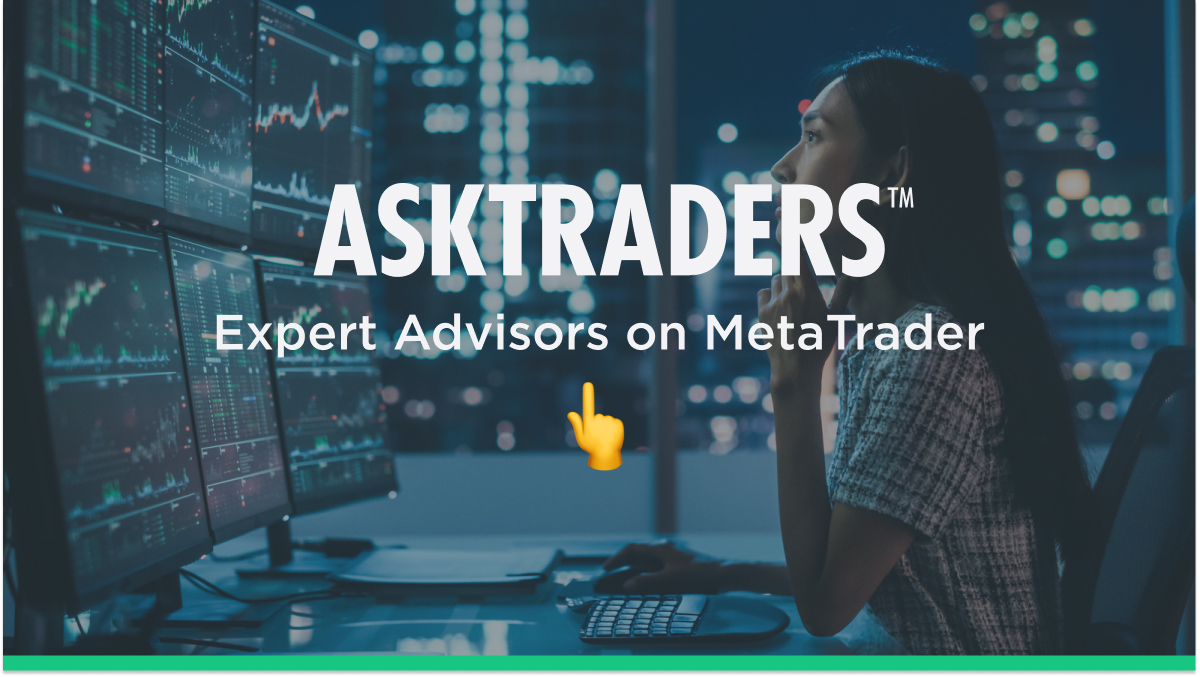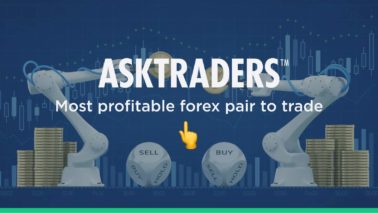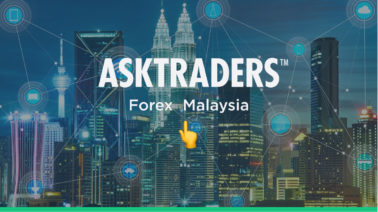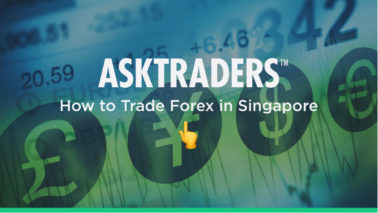Learn To Trade Forex (46)
Kick-start your trading career, fast-track your journey to trading success and become a more successful trader with the help of our Forex trading guides. Along the way, you’ll learn trading strategies that will set you up for success, discover how to beat the market using analysis and uncover the secret trading tips of professional traders.
Build your confidence and learn to trade Forex, from how to get started to choosing a broker, creating a trading plan and placing an order for your first trade. Here at AskTraders, we’ll be with you every step of the way as you embark on your new and exciting path in currency trading.
How to learn forex trading as a beginner?
Forex or currency trading is the process of changing one currency for another. If you are a beginner, have observed the markets and see a potential opportunity to earn money, start with a forex educational program to learn all the nitty-gritty of forex trading. The one place to receive a good forex education is our series of forex basics articles.
Once you are familiar with the basics and wish to take your FX education forward, the next step is to open a demo account with a forex broker like Pepperstone or Plus500, test your skills before you start investing in Live markets.
How long does it take to learn forex trading?
The forex learning curve varies from one individual to another, and there is nothing like one size fits all. It ultimately boils down to individual circumstances, and the approach or mindset you have to get through the learning process quickly.
While there are individuals who have a hard time figuring out how the markets function since they have other priorities, there are others who quickly grasp the subject and become experts in a short time. Besides, the markets are dynamic, and therefore, you never really stop learning.
How hard is it to learn forex trading?
It is not hard to learn forex trading, but you have to be patient, or you would find it challenging to deal with the ups and downs of trading. The profession is rewarding in the long run, and the great thing about the forex markets is that you can access tons of free information on the internet from sites such as AskTraders.
Beyond that, most of the forex brokers also provide free education, including eBooks, video on demand, access to webinars and demo accounts, all of which could make forex learning a straightforward task.
What is the best way to learn forex trading?
One of the best ways to learn forex trading is from the practical experience of professional traders. Unlike other professions, forex trading is self-taught, so it certainly helps to learn from accomplished traders who have been there and seen it all. If you treat forex trading as a business and start preparing to become a world-class trader, you would achieve it at some point in time.
Just remember, there are no shortcuts to learning about the forex markets; it’s only commitment and dedication that would help you in realising the best outcome.
Can a beginner make money in forex?
Yes, beginners can make money in forex trading. However, the key to being profitable is to follow a predefined trading principle. Forex markets are open 24/5, and the leveraged products provide sufficient opportunities to earn profits as long as you have appropriate risk management systems in place.
It also helps if you realise that you are competing with professionals in a global market with an estimated daily turnover of around $5 trillion where a vast majority of them end up with losses.
